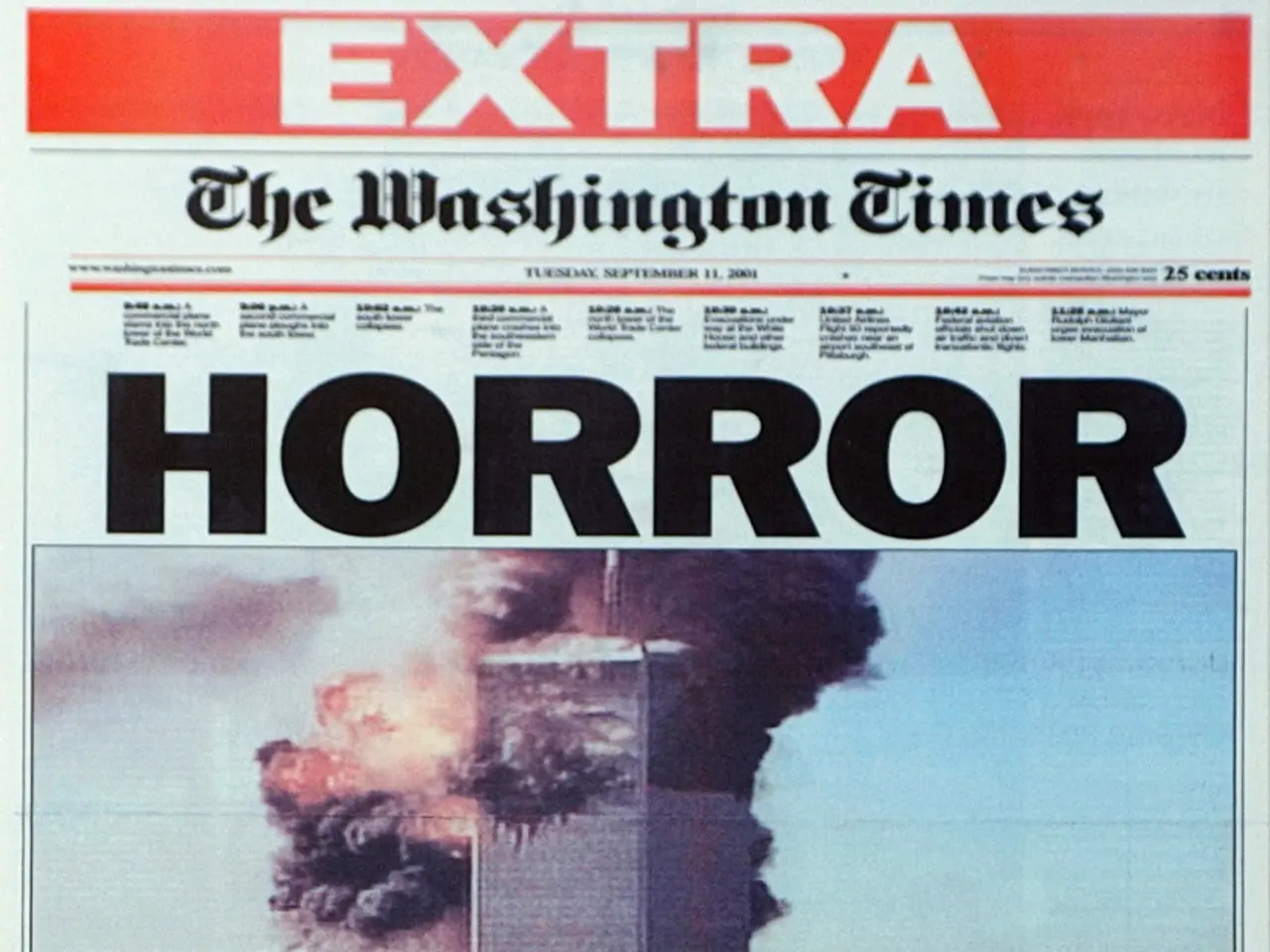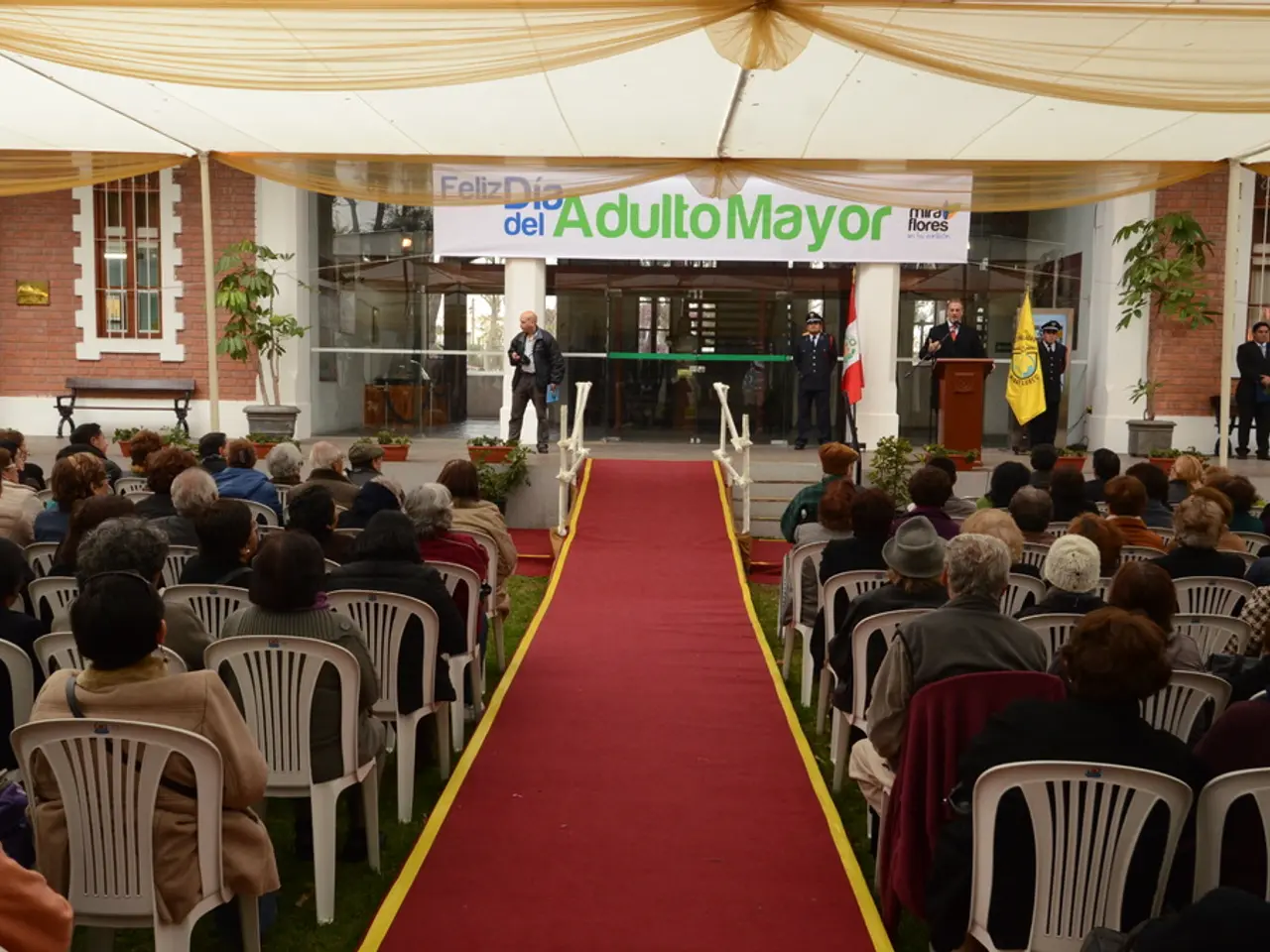Zelenskyy advocates for one-on-one negotiations with Putin, with Trump setting a timeline for peace negotiations
In recent developments, President Donald Trump and Ukrainian President Volodymyr Zelenskyy are working tirelessly to broker peace in Ukraine, with Trump setting an August 8, 2025, deadline for a ceasefire and a durable peace deal. Zelenskyy has publicly supported these efforts, calling for direct dialogue with Russian President Vladimir Putin [1][2][3].
Trump's peace initiatives include advocating for an immediate halt to hostilities and comprehensive peace talks. His diplomatic overtures represent a shift from previous U.S. policy, as evidenced by his phone call with Putin—the first such conversation since the invasion began [1]. The U.S. administration has also taken controversial steps, such as aligning with Russia in certain UN votes and urging Ukraine to share revenue from raw minerals with the U.S. [1]
Zelenskyy has faced criticism from Trump regarding Ukraine's internal policies, but he proceeded with a 2025 meeting in Washington, urged by allies including France [1]. Both Ukraine and the U.S. have called for a full and immediate ceasefire to open the door to peace negotiations. However, Russia remains resistant, stating that talks cannot proceed until Ukraine makes significant concessions, including demilitarization and withdrawal from certain regions [3][4].
The tense geopolitical context is further highlighted by Trump's announcement of the repositioning of two U.S. nuclear submarines as a deterrent after provocative statements from former Russian President Dmitry Medvedev [2]. Attempts at unannounced talks with Russian officials have so far yielded no breakthrough, and previous multi-round talks in Istanbul between Russia and Ukraine failed to resolve core disputes [4].
Tragically, Russia carried out a deadly airstrike against Kyiv, killing 31 civilians, including five children, and wounding over 150 people [5]. This attack, the deadliest air assault by Moscow this year, has further underscored the urgency for a ceasefire and peace talks.
Acting U.S. Representative John Kelley has accused several countries, including North Korea, China, and Iran, of enabling Russia's full-scale invasion and occupation of Ukrainian territory by supplying arms and materials [6]. Zelenskyy has also called for direct talks with Putin, emphasizing the need for the world to understand who makes decisions in Russia and who must end the war [7].
As the deadline for a ceasefire approaches, the international community watches with bated breath, hoping for a peaceful resolution to the three-and-a-half-year conflict in Ukraine. The Russian Mission to the U.N. has expressed a desire for Ukrainian and Russian cultures to coexist in Ukraine, as they did for decades without problems or conflicts [8]. However, the challenges ahead are significant, and the path to lasting peace remains uncertain.
Breaking news: The ongoing political standoff between the United States, Ukraine, and Russia over war-and-conflicts in Ukraine has garnered increasing attention, as President Donald Trump and Ukrainian President Volodymyr Zelenskyy work towards a peaceful resolution by the August 8, 2025, deadline. As general-news develops, diplomatic efforts continue, with both leaders advocating for direct dialogue and comprehensive peace talks. However, Russia's resistance and demands for significant concessions from Ukraine complicate the situation, raising concerns about the potential for further escalation.








